See the live stream from Texas
https://m.twitch.tv/pitteclipseteam
Solar Eclipses and Shadow Bands
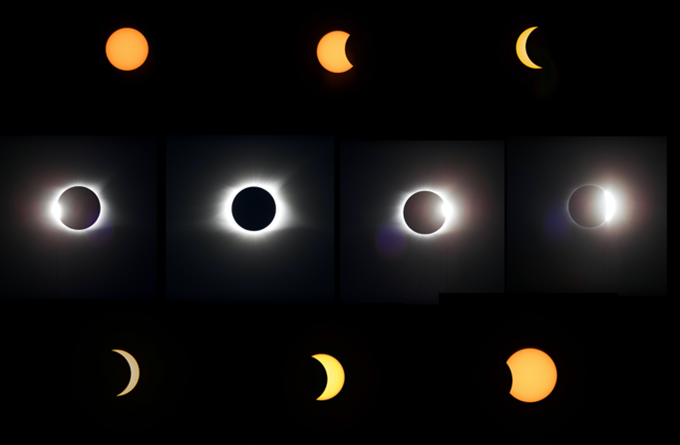
During a solar eclipse, the moon passes in front of the sun, creating different stages of the eclipsed Sun shown above. In the instants just before and just after totality, one can see the ‘diamond ring’ effect as sunlight manages to get through uneven terrain on the surface of the Moon. Witnessing a total solar eclipse is a rare event for any one place on Earth, although they happen twice a year somewhere on the globe. Here in the United States, the August 21, 2017, total solar eclipse was visible in a 70 miles wide swath from Oregon to South Carolina as the shadow of the Moon travelled across the country over several hours, visible in any one spot for only a few minutes. The next total solar eclipse to cross the United States occurs on April 8, 2024, and will be visible from Texas to Maine.
An annular solar eclipse occurs when the Moon’s apparent diameter is smaller than that of the Sun, revealing the ‘ring of fire’ at mid-eclipse. On October 14, 2023, this type of eclipse crosses the United States from Oregon to Texas.
These eclipses are a treat for anyone fortunate enough to witness them, and although they are well-understood, research on their effects here on Earth is still ongoing. Here at the University of Pittsburgh, a team of researchers is investigating a phenomenon called ‘shadow bands’. In the few seconds prior to (and after) totality, ripples of light and dark bands are observed to race across the surface of the Earth. While these have been observed by eclipse enthusiasts for centuries, their origin remains uncertain. Some people believe that they are caused by refraction through Earth’s turbulent atmosphere of sunlight, whose source is the narrow crescent of the Sun just before or just after totality. Others believe that they are the light and dark bands caused by thin-edge diffraction and interference effects that should be visible even above the Earth’s atmosphere. The research being conducted here at the Allegheny Observatory aims to distinguish between these two possibilities.
During the August 21, 2017, eclipse, our team travelled to Tennessee, which was near the center of the total eclipse path. Our experiment’s goal was two-fold. First to detect shadow bands on the ground and measure their light intensity, direction, and speed, and second, to establish their existence, or lack thereof, above the turbulent atmosphere. A high-altitude balloon was launched to photograph the eclipse ongoing in the sky above it and to track the shadow of the Moon as it travelled beneath it on the Earth’s surface. The balloon payload also included photodiode arrays that were designed to detect variations in light intensity, i.e., shadow bands, if indeed they existed above the atmosphere.
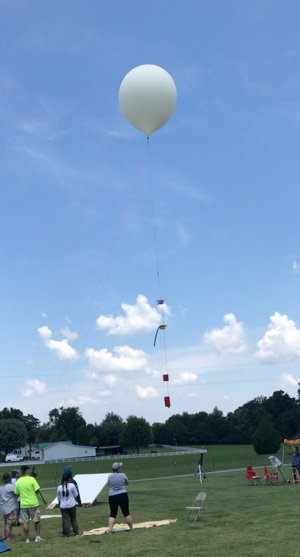
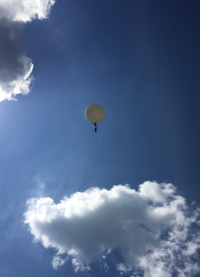
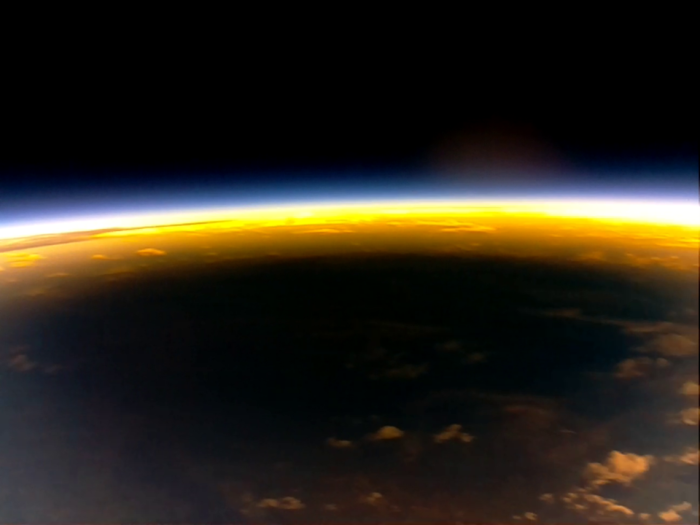
Meanwhile, just as the Sun was about to be totally eclipsed, shadow bands were seen racing across the white screen that was installed on the ground. This video chronicles the team’s experiences. Watch for the shadow bands to appear at the 7:10 minute mark. The scientific results of this work were published in Madhani et al. 2020, Observation of Eclipse Shadow Bands Using High Altitude Balloon and Ground-Based Photodiode Arrays, Journal of Atmospheric and Solar-Terrestrial Physics, 211, 105420. Unexpectedly, the experiment revealed that shadow bands existed above the atmosphere as well. A 4.5 Hz signal, indicating the frequency of propagation the dark and light bands, was detected in the diode arrays on the ground as well as on the balloon just before and just after the total eclipse.
To improve upon this work and confirm (or refute) its results, we are redoing our experiments during the October 14, 2024, annular eclipse and again during the April 8, 2024, total eclipse. With lessons learnt from our previous campaign, we are improving upon our photodiode arrays and adding an atmospheric weather investigation to the program. This involves launching radiosondes on weather balloons in addition to the primary balloon that carries the photodiode array and camera payloads. Radiosondes are instruments used to measure and transmit data on atmospheric conditions such as pressure, temperature, humidity, wind direction, and wind speed. Using these data will allow us to look for any correlations between turbulence in the atmosphere and the appearance of shadow bands.
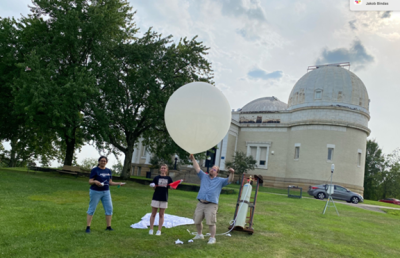
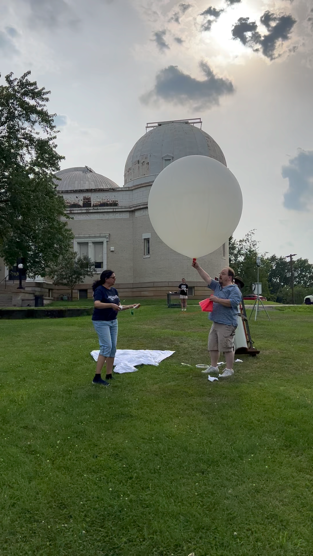
Launching the radiosonde
This team is part of the Nationwide Eclipse Ballooning Project.
